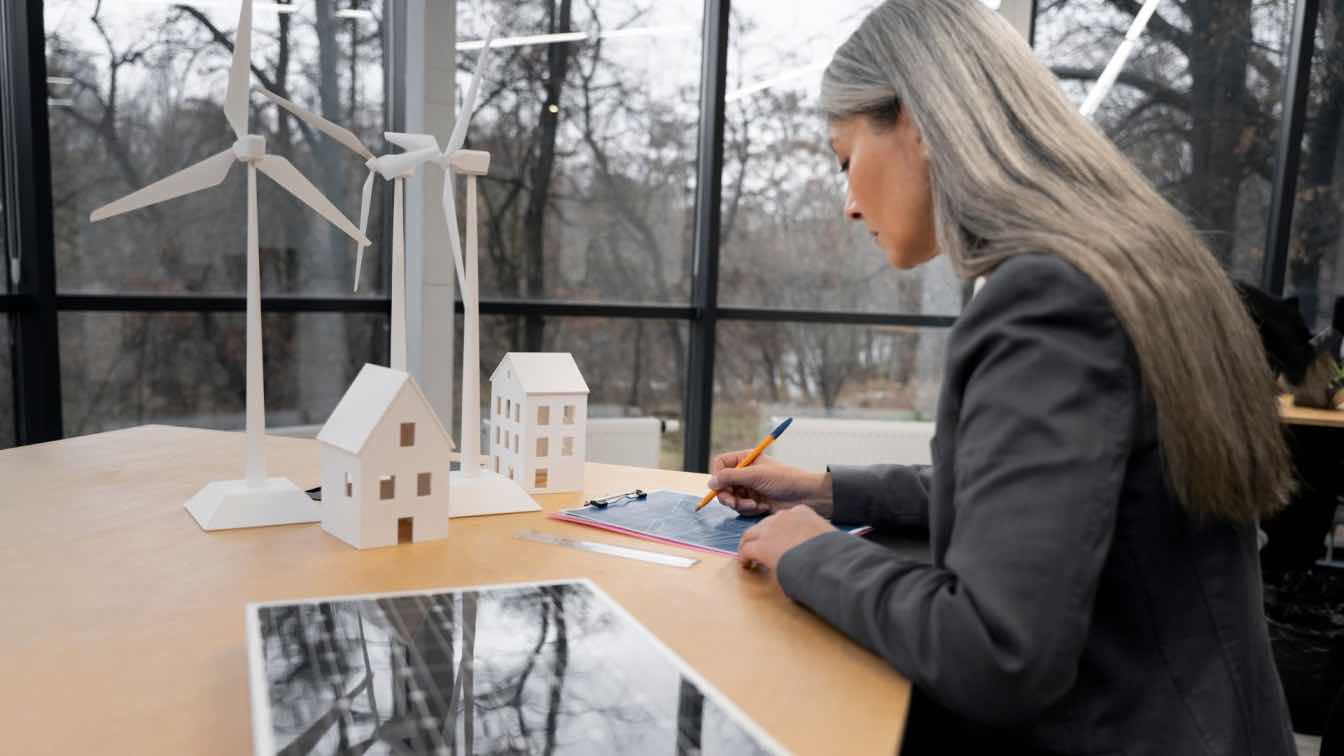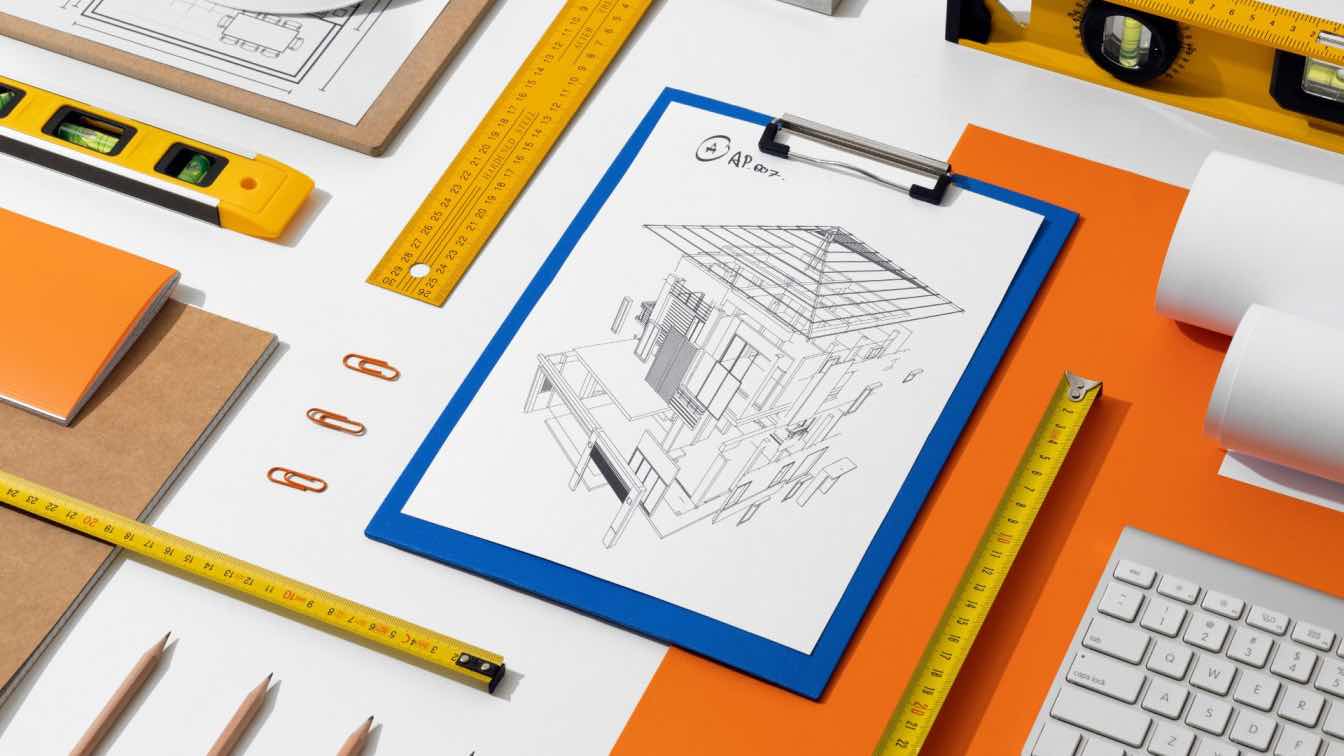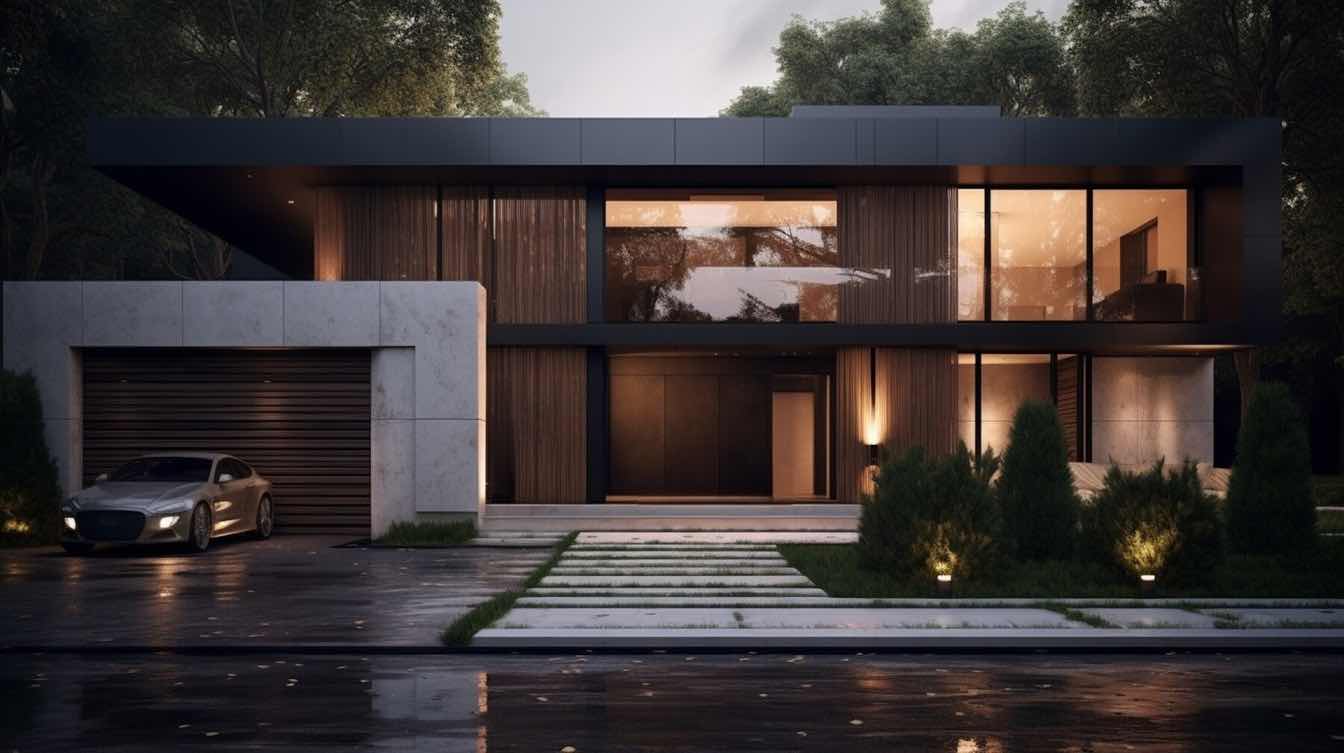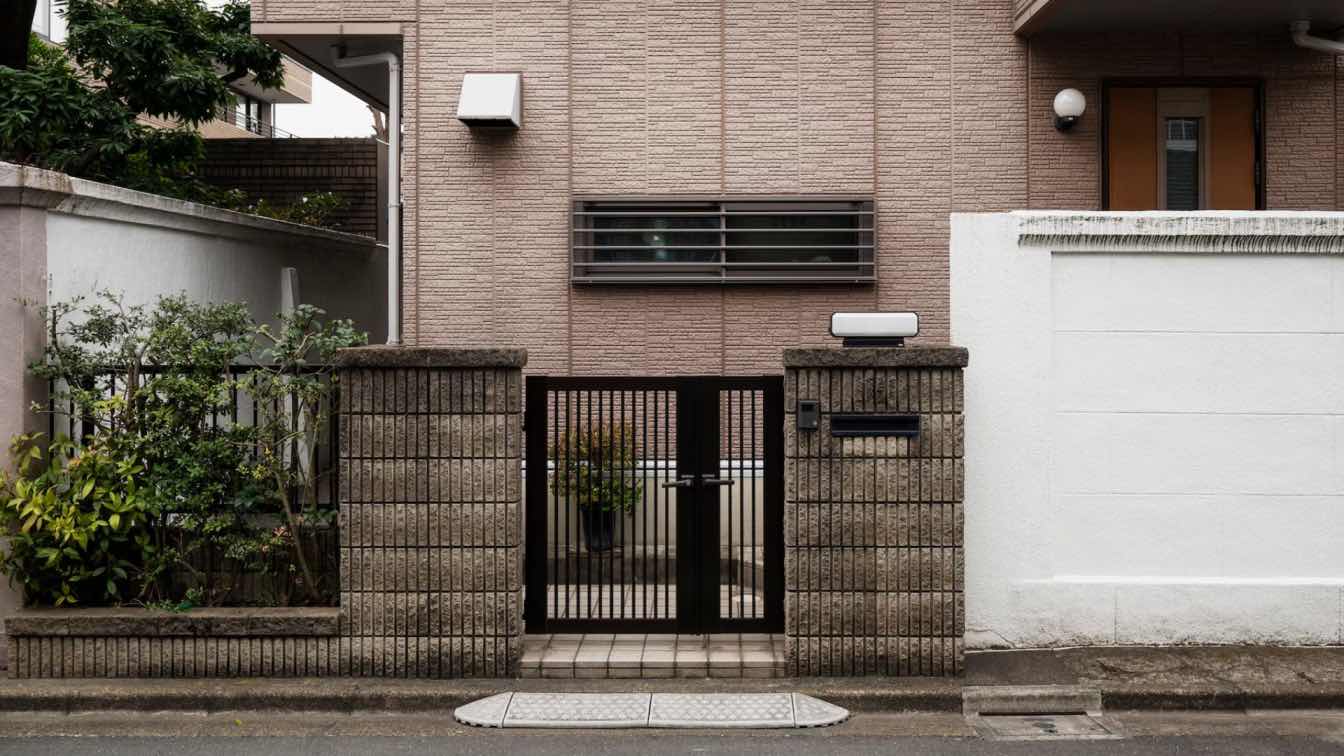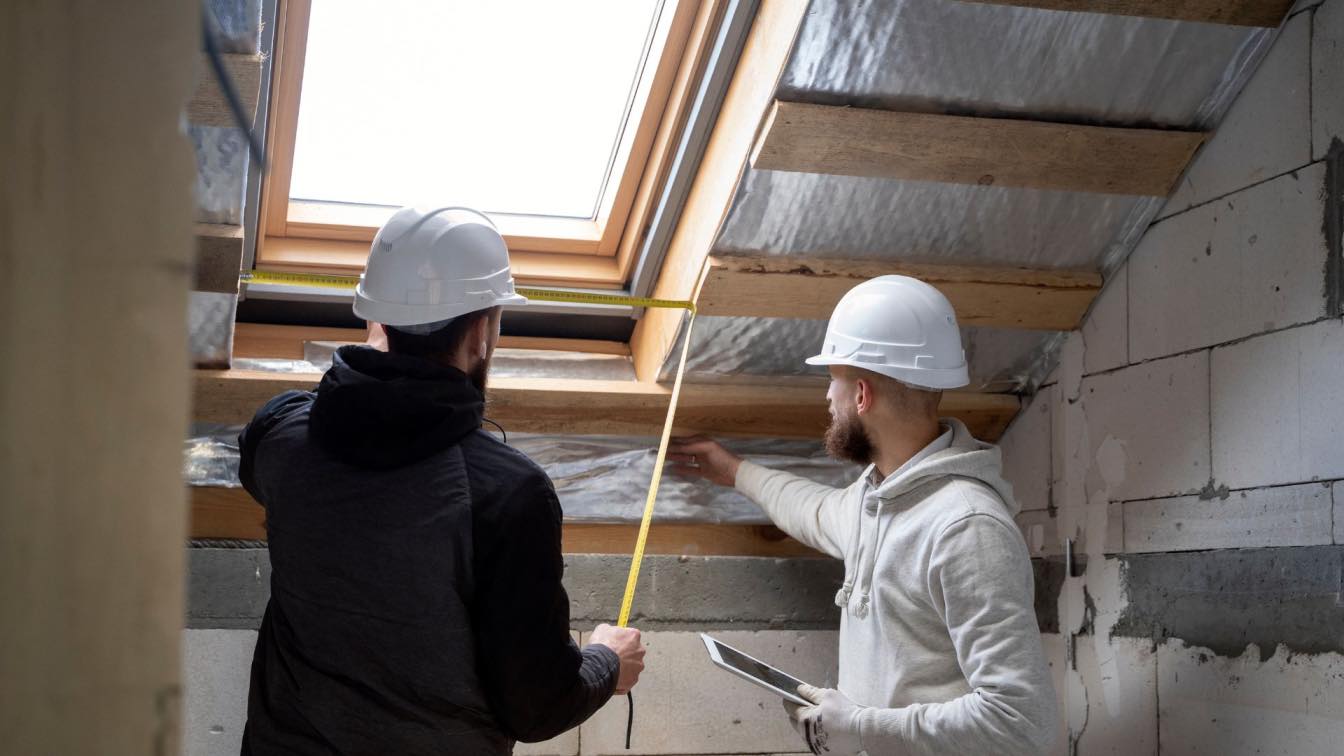In Australia, the sun-drenched landscape offers more than just beautiful beaches and rugged outback adventures. It provides a golden opportunity to harness solar energy, making it a cornerstone of sustainable architecture. As we face the pressing challenges of climate change, integrating solar panels into buildings is not just a trend; it's a necessity. Universe Solar, Gold Coast's leading solar panel installation company, exemplifies this shift by leading the way in sustainable energy solutions. This blog explores how solar panels are revolutionising sustainable architecture in Australia, turning everyday structures into powerhouses of energy efficiency and environmental stewardship.
The Basics of Solar Energy in Australia
Australia is blessed with an abundance of sunlight, making it one of the best places in the world for solar energy production. But what makes solar energy so special, especially down under?
How Solar Energy Works
At its core, solar energy involves converting sunlight into electricity. This is done using solar panels, which contain photovoltaic (PV) cells. When sunlight hits these cells, it generates an electric current. This process is clean, renewable, and incredibly efficient, especially in areas that receive as much sunshine as Australia does.
Why Solar Energy is Ideal for Australia
Australia's geographic location gives it a unique advantage. Most of the country enjoys high solar irradiance, meaning our potential to generate solar power is among the highest globally. This natural resource is something we're learning to tap into more effectively each year, with advancements in technology making solar panels more affordable, efficient, and adaptable to different architectural styles.
The Evolution of Solar Panel Technology
Solar technology has come a long way since its inception. Initially, solar panels were bulky and had limited efficiency. Today, we have access to a variety of solar panel types, including monocrystalline, polycrystalline, and thin-film panels. Each type offers different benefits, from higher efficiency rates to more flexible installation options. This evolution means that solar panels can now be integrated into almost any building design, from residential homes to large commercial structures, without compromising on aesthetics or functionality.
In Australia, the push towards sustainable architecture has made solar panels a key feature of modern building designs. They're not just an add-on but a fundamental component of the architectural planning process. This shift is not only about embracing renewable energy but also about building in a way that harmonises with our environment, reduces our carbon footprint, and sets a global standard for sustainable living.
Economic and Environmental Benefits
Economic Benefits
One of the most compelling reasons for Australians to embrace solar panels in architecture is the economic advantage. Installing solar panels can significantly reduce electricity bills. Over time, the initial investment in solar technology pays off, as the energy produced by the panels decreases the need to purchase electricity from the grid. Moreover, with the Australian government offering various incentives and rebates for solar installation, the financial case for solar energy has never been stronger.
For those considering solar panels, getting a personalised quote is a great first step. Energy Matters for free solar quotes offers a straightforward way to understand the potential savings and costs associated with going solar.
Environmental Benefits
Beyond the economic savings, the environmental impact of solar panels is profound. By generating clean, renewable energy, solar panels significantly reduce greenhouse gas emissions. This is crucial in the fight against climate change, especially in a sun-rich country like Australia. Solar energy does not produce air pollution, water pollution, or greenhouse gases, making it a clean and sustainable solution to our energy needs.
Section 3: Architectural Integration of Solar Panels
Integrating solar panels into architecture goes beyond placing panels on rooftops. It's about creating a synergy between form and function, where solar technology enhances the aesthetic and environmental performance of buildings.
Innovative Integration
Modern solar technology offers versatile solutions for architects and designers. Building Integrated Photovoltaics (BIPV) are a prime example, allowing solar panels to be seamlessly incorporated into building materials, such as windows, facades, and roofs. This integration not only generates energy but also contributes to the building's design and thermal performance.
Australian Case Studies
Australia is home to several pioneering projects that showcase the innovative integration of solar panels into architecture. From residential homes that blend aesthetics with efficiency to commercial buildings that stand as testaments to sustainable design, these projects highlight the potential of solar technology in transforming spaces.
One notable example is the Pixel Building in Melbourne, which features an integrated solar panel system contributing to its status as one of the greenest office buildings in the world. Such projects demonstrate that solar panels can be a key element of design, rather than an afterthought.
The Future of Solar in Design
As solar technology continues to evolve, so too will its role in architecture. With advancements in solar panel efficiency and aesthetics, the possibilities for integration are expanding. Architects and builders are increasingly viewing solar panels not just as energy solutions but as integral components of design that can enhance the beauty and functionality of buildings.
The integration of solar panels into architecture represents a fusion of sustainability and design innovation. By embracing solar energy, Australian architects and builders are leading the way in creating buildings that are not only energy-efficient but also aesthetically pleasing and environmentally responsible.
Overcoming Challenges
Integrating solar panels into architectural designs isn't without its hurdles. However, the spirit of innovation that defines the Australian approach to solar energy means these challenges are not insurmountable. Let's explore some common obstacles and the creative solutions being applied.
1. Aesthetic Concerns
One of the primary challenges is the perceived impact of solar panels on a building's aesthetics. Traditional solar panels, while efficient, may not always blend seamlessly with the design of a building. The solution? Architects and designers are increasingly turning to Building Integrated Photovoltaics (BIPV). BIPV systems are not just solar panels added to a roof; they are part of the building itself, such as solar glass windows or solar tiles that maintain the aesthetic integrity while generating power.
2. Structural Limitations
Another challenge is the structural limitation of existing buildings. Not all roofs are designed to bear the additional weight of solar panels. Innovative mounting systems and lightweight solar technology have been developed to address this issue, allowing solar panels to be installed on a wider range of structures without the need for extensive modifications.
3. Navigating Regulations
Navigating the maze of building regulations and standards can also be daunting. However, with the right guidance and expertise, integrating solar panels into architectural designs can be a smooth process. For those looking to embark on this journey, seeking solar quotes from reputable providers can be a great first step. These experts can offer advice on compliance, optimal solar panel placement, and maximise energy efficiency, ensuring that your project not only meets but exceeds regulatory standards.
The Future of Solar in Australian Architecture
The future of solar panels in Australian architecture is bright, with emerging technologies and innovative design approaches paving the way for even more sustainable and energy-efficient buildings.
Emerging Technologies
Technological advancements, such as transparent solar panels, promise to revolutionise the way we think about solar energy. Imagine a world where every glass surface, from skyscraper windows to car sunroofs, can generate solar power. These technologies are set to further blur the lines between traditional architecture and solar energy infrastructure, making solar power an even more integral part of our built environment.
Policy and Trends
Government policies and incentives play a crucial role in the adoption of solar energy. As Australia continues to set ambitious renewable energy targets, we can expect to see more supportive policies and incentives designed to encourage the integration of solar panels into both new and existing buildings.
A Vision for the Future
The vision for the future is one of net-zero energy buildings—structures that produce as much energy as they consume. Solar panels are key to achieving this vision, and their role in sustainable architecture will only grow in importance. As we move forward, the integration of solar panels into architectural designs will become standard practice, not just for environmental reasons but for economic and aesthetic reasons as well.
The journey towards sustainable architecture is an exciting one, filled with challenges but also brimming with opportunities. By embracing solar energy, Australia can lead the way in creating buildings that are not only beautiful and functional but also kind to our planet.
For those inspired to make solar energy a part of their next architectural project, obtaining solar quotes is an excellent place to start. With the right information and support, integrating solar panels into your design can be a seamless and rewarding process, contributing to a sustainable future for all.
Conclusion
The integration of solar panels into sustainable architecture represents more than just an energy solution; it's a commitment to a greener, more sustainable future. In Australia, where the sun's generous rays provide an abundant source of clean energy, solar panels have become a key feature of innovative architectural design. They offer a way to reduce our environmental footprint, save on energy costs, and create aesthetically pleasing spaces that harmonise with their surroundings. As we look to the future, the role of solar panels in architecture is set to become even more pivotal. By embracing this technology, we can ensure that our buildings contribute positively to the environment, setting a standard for sustainable living that can inspire the world.

